Description
Do not exceed the recommended daily dose of the supplement.
A dietary supplement cannot be used as a substitute for a varied diet.
Leading a healthy lifestyle and eating a balanced diet are essential to maintaining good health.
It is not recommended for use by pregnant and breastfeeding women.
Store out of the reach of small children, in a dry and cool place.
What is After Rave?
After Rave is a combination of 11 active ingredients that have been used for years in the USA and other developed countries to reduce the troublesome effects of oxidative stress and serotonin deficiency resulting from the consumption of psychoactive substances, including alcohol, stimulants and empathogens during a rave, festival or events.
Questions?
-
After Rave is a complex of 11 active ingredients to protect your brain, nervous system and liver, accelerating the body’s detoxification and reducing the risk of poor well-being.
- Tryptophan
- Acetyl-L-carnitine
- CDP-choline
- L-theanine
- Alpha lipoic acid (ALA)
- Vitamin B1
- Grapevine seed extract (oligomeric proanthocyanidins)
- Coenzyme Q10 (ubiquinone)
- Vitamin B6
- Folate – Glucosamine salt
- Vitamin B12 – Methylcobalamin
Tryptophan is an exogenous amino acid – it must be supplied from outside, because the body cannot produce it on its own. It is an ingredient necessary for the construction of proteins, hormones and neurotransmitters. It is a precursor of serotonin – a neurotransmitter associated with mental well-being [1]. Serotonin deficiencies are one of the most common causes of decreased mental well-being after using stimulants [2], and tryptophan supplementation can have a positive effect on mental mood [3]. Supplementation with tryptophan gives an advantage in the activity of its pathways in relation to this amino acid supplied in food products, as it excludes the competition of amiquas from the LNAA group, which eliminate the pronounced effect of tryptophan [19]. There is also a relatively low dose of tryptophan in the average person’s diet, which is estimated at approximately 1 gram per day on average [20]. Properties: It is a precursor for serotonin, a neurotransmitter necessary for maintaining mental health – including, among others: mood, emotional control – the deficits of which belong to the spectrum of side effects of narcotic substances such as MDMA [4]. It has a positive effect on sleep (this is due, among other things, to the fact that it is a precursor of melatonin – the main hormone responsible for sleep [5] – the quality of which is reduced both by shifting the sleep time relative to the night hours [6], as well as by the use of many recreational drugs, as well as MDMA [7]. The use of MDMA is associated with a decrease in the efficiency of serotonin metabolism in many ways – including depletion of serotonin resources, decreased receptor response for serotonin receptors, or a decrease in the activity of the tryptophan hydroxylase enzyme [8,9,10, 11]. Tryptophan supplementation has a beneficial effect on the mental well-being of people who have experienced side effects related to the use of the drug [12, 13]. However, it should be noted that frequent use of MDMA may long-term disturb tryptophan metabolism [14] and there are no more effective means of preventing such an event than avoiding drug. Due to the pharmacokinetics of MDMA, whose half-life is 8-9 hours [15] and the fact that there is a potential risk of developing serotonin syndrome during the period of MDMA activity in the body (equal to 5 half-lives of the compound), in the After- Rave used tryptophan as a precursor of serotonin, which, unlike 5-hydroxytryptophan (5-HTP), does not bypass the enzyme tryptophan hydroxylase [16], constituting a buffer protecting against excessive concentration of serotonin, which may lead to health – and in some cases life – hazardous serotonin syndrome. In the available literature, the risk of serotonin syndrome resulting from the use of tryptophan is described as very unlikely to occur [17], while in the context of the use of 5-HTP – such a risk is real [18], especially in the face of the systemically circulating and still active MDMA. List of scientific sources (to find the study easily, paste it into Google):
- doi: 10.1016/s0091-3057(01)00670-0.
- doi.org/10.3389/fendo.2019.00158
- doi: 10.1016/s0165-1781(00)00117-7
- doi: 10.3310/hta13050.
- doi.org/10.1093/nutrit/nuab027
- doi: 10.2147/NSS.S134864
- doi: 10.1002/hup.1233
- doi: 10.1016/s0091-3057(01)00711-0
- doi: 10.1016/j.forsciint.2011.04.008
- doi: 10.1093/brain/ awq103.
- doi: 10.2147/SAR.S37258
- doi: 10.1097/MCO.0000000000000237
- NBK545168
- doi: 10.1007/s00213-003-1463-5
- doi: 10.1097/00007691-200404000-00009
- NBK560856
- doi: 10.3390/ijms22010181
- „Demystifying serotonin syndrome (or serotonin toxicity)” Can Fam Physician. 2018 Oct; 64(10): 720–727.
- doi: 10.5152/jbachs.2017.240
- doi: 10.3945/jn.111.157065
Acetyl-L-carnitine (ALCAR) is a molecule that is a combination of carnitine and an acetyl group [1]. Carnitine regulates the metabolism of fatty acids in the body, and the acetyl group is used in many areas, including as a component of acetylcholine [2, 3] – a neurotransmitter responsible for, among others, for memory consolidation or the ability to maintain attention. ALCAR replenishes the pool of this neurotransmitter even more easily, thanks to its structure that allows it to easily penetrate the blood-brain barrier [2]. ALCAR has a number of health-promoting properties, influencing metabolic health, the proper course of cell energy processes, and supporting cognitive functions [4]. Properties: Has a wide spectrum of neuroprotective effects, including: by supporting aerobic metabolism, supporting blood circulation in the brain, antagonizing the excitotoxic effect of glutamate and thus preventing neuronal death [5]. In the case of exposure to MDMA, it has an effective neuroprotective effect against neurotoxicity induced by the mentioned substance (in pre- and post-administration of MDMA), at the cellular level by reducing the removal of mitochondrial DNA, improving the expression of the respiratory chain and preventing the reduction of the level of serotonin activity in several areas of the brain [6] . Carnitine itself, by supporting the transport of fatty acids, increases the properties of the neuronal mitochondrial membrane, protecting it against oxidative stress (and, consequently, neuronal damage) [6], which occurs when using e.g. MDMA as a result of hyperthermia [16, 17]. Due to its beneficial effect on the parameters of cellular health and acetylcholine metabolism, it has a positive effect on the mental state of people struggling with depression [7]. Reduced mental well-being is one of the common consequences of the abuse of many psychoactive substances, such as MDMA [8], as well as nightmares or difficulties with concentration [9], which ALCAR supports [10, 11]. Substances such as MDMA may cause liver damage (hepatic encephalopathy occurs in some people using the drug) and severe liver failure [12, 13]. ALCAR has the ability to prevent hepatic encephalopathy and restores the proper functioning of the organ [14]. This is also important because many psychoactive substances, such as MDMA or ethyl alcohol, are metabolized by the liver [15]. It reduces the symptoms of physical and mental fatigue [11, 18], which often occurs after cessation of the effects of recreational drugs such as MDMA and other amphetamines and their derivatives [9, 19]. List of scientific sources (to find the study easily, paste it into Google):
- doi: 10.1038/sj.mp.4000805
- doi: 10.1196/annals.1320.003
- doi: 10.1007/BF00973749
- doi: 10.2741/4459.
- doi.org/10.1038/sj.jcbfm.9591524.0037
- doi.org/10.1016/j.neuroscience.2008.10.041
- doi: 10.1016/j.ejphar.2015.03.011
- doi: 10.1016/s0091-3057(01)00711-0.
- Psychiatr Danub. 2013 Jun;25(2):175-8.
- doi: 10.1093/ajcn/86.5.1738.
- doi: 10.1097/01.psy.0000116249.60477.e9.
- Vet Hum Toxicol. 2001 Apr;43(2):99-102.
- doi: 10.4037/aacnacc2019852
- doi: 10.1007/s10620-008-0238-6
- doi: 10.5812/ijhrba.21076
- doi: 10.3310/hta13050.
- doi: 10.1016/j.ejphar.2004.07.006.
- doi: 10.1016/j.archger.2007.03.012
- doi: 10.1176/ajp.156.1.41
CDP-choline is a molecule combining choline and cytidine. Choline is an ingredient for the production of the neurotransmitter acetylcholine, which is closely related to memory and determines, to a large extent, clarity of thought [1]. Cytidine converts to uridine – a compound that affects the plasticity of the synaptic membrane [2] and contributes to the improvement of neurotransmission in the field of dopamine – influencing the ability to maintain attention, the willingness to act, giving satisfaction with the process of completing tasks, related to libido. Properties: Cytidine, converted to uridine, increases the activity of dopamine by increasing the concentration of the dopamine transporter DAT [3], by increasing the amount of dopamine released from the stimulated neuron [4], and also by increasing the density of dopamine receptors [5]. CDP-choline reduces the decrease in dopamine secretion when neurons are exposed to neurotoxins [6, 7], through a protective mechanism in the area of dopamine neurons. It may support recovery from addictions to substances such as cocaine [9], alcohol or marijuana smoking [9] due to its impact on the mesolimbic and mesocortical dopaminergic systems [10]. In a study using CDP-choline, people using cocaine observed a decrease in the frequency of its use, a reduction in the desire to induce euphoria with cocaine and a decrease in the perceived craving for cocaine [8], which suggests its properties that may reduce the mechanism of addiction to this type of substance. CDP-choline inhibits the reduction of the volume of gray matter in the brain when exposed to amphetamines [11], from which the popular party drug MDMA is derived [18], as well as the attraction to this type of substances in people who regularly use them (unlike the placebo group). ). Reduces the number of errors made, including: difficulties in maintaining focus [12], which indicates its ability to improve the ability to maintain attention in the case of concentration disorders. It influences the activity of the ATP-producing enzyme, acetylcholinesterase, promoting health at the cellular level [13]. It promotes glutathione activity [14] and limits apoptosis [15], which is probably a consequence of maintaining the plasticity of the cell membrane, as demonstrated in a study with experimentally induced stroke in rodents [16]. In the case of people abusing THC, it can improve emotional self-control, the disturbance of which is a common symptom of drug use, and improves concentration in these people, the deficits of which also accompany frequent use of the substance [17]. List of scientific sources (to find the study easily, paste it into Google):
- doi: 10.2174/092986708783503203
- doi: 10.2174/156802611795347618
- doi: 10.2174/1871527311312010015
- doi: 10.1385/JMN:27:1:137
- doi: 10.1111/j.1476-5381.1991.tb12471.x.
- doi: 10.1080/10623320600934341
- doi: 10.1016/s0022-510x(03)00204-1
- doi: 10.1007/s002130050871
- doi: 10.1097/ADM.0b013e3181d80c93
- doi: 10.1016/0165-6147(94)90158-9
- doi: 10.1016/j.jpsychires.2021.09.006
- doi: 10.4236/fns.2012.36103
- doi: 10.1016/s0009-9120(00)00084-9
- doi: 10.1161/hs1001.096010
- doi: 10.1016/s0028-3908(02)00032-1.
- doi: 10.1016/j.neuint.2011.12.015
- Int J Neurol Neurother. 2015 Sep 30; 2(3): 1–8.
- doi: 10.1016/j.drugalcdep.2003.07.001.
L-theanine is an amino acid of non-protein origin. It is obtained from tea leaves (Camellia sinensis) [1]. It is a compound that fulfills a number of functions for the brain – through a calming mechanism, to improving memory, ability to concentrate and many other aspects related to the proper functioning of the brain. Properties: Inhibits the excitotoxic effect of glutamate on neurons [2]. Many psychoactive substances, such as MDMA [3], increase glutamate activity to a neurotoxic extent, which translates into side effects in the neuronal area. It increases the activity of alpha waves in the brain, which are associated with relaxation [4]. It improves memory and concentration [5], thus to some extent eliminating the side effects of psychoactive substances that disturb these processes. It reduces the neurotoxic aspect of stress (including oxidative stress) [6, 7], which is endocrine-induced by psychoactive substances such as amphetamines, such as MDMA [8]. Additionally, it has a positive effect on the activity of glutathione, which counteracts the aspect of oxidative stress – harmful to cells [2]. It has a calming effect [9] on the central nervous system – without the numbing effect – thus reducing the stimulating effect of selected psychoactive substances [10, 11] and facilitating falling asleep. It reduces the harmfulness of THC in terms of cognitive functions of the brain [12], thus limiting the negative impact on parameters such as memory. It supports mental health by reducing symptoms of mental health disorders such as anxiety [13]. Anxiety is one of the common complications of regular use of psychoactive substances [14]. List of scientific sources (to find the study easily, paste it into Google):
- doi: 10.1089/jmf.2020.4803
- doi: 10.1016/j.canlet.2004.03.040
- doi.org/10.1016/B978-0-12-800212-4.00038-8
- Ito K, Nagato Y, Aoi N, et al. Effects of Ltheanine on the release of alpha-brain waves in human volunteers. Nippon Nogeikagaku Kaishi 1998;72:153-157.
- doi: 10.1016/j.biopsycho.2007.09.008
- doi: 10.1016/j.fct.2006.03.014
- doi: 10.1016/j.biopsycho.2006.06.006
- doi: 10.1097/FBP.0000000000000060.
- doi: 10.1080/07315724.2014.926153
- doi: 10.1100/tsw.2007.214
- doi:10.1016/j.smrv.2011.03.004
- doi: 10.1523/JNEUROSCI.1050-20.2020
- doi: 10.4088/JCP.09m05324gre
- doi: 10.1177/0269881108097631.
Alpha-lipoic acid (ALA) is a compound that plays a role in cell energy processes. In the short term, but significantly, it increases the activity of antioxidant enzymes. It reduces the harmfulness of neurotoxic compounds and accelerates the regeneration of the nervous system [1, 2]. It is produced in the body in very small amounts, which means that these amounts may not be sufficient for optimal functioning. Properties: A unique feature of ALA is its ability to dissolve both in water and lipids, which makes it a compound that can penetrate – and exert an effect – in all types of cells and tissues of the body [3]. Human studies have shown that ALA slows neurodegeneration in people with Alzheimer’s disease by reducing inflammation [4,5,6]. Many psychoactive substances cause inflammation, e.g. as a result of hyperthermia, excitotoxicity [7,8,9,10,11,12] – ALA can reduce the harmfulness of these processes. It is effective against the neurotoxic effects of MDMA [13]. In a study on rodents, dosed 30 minutes before the drug administration did not inhibit the effect of hyperthermia itself, but it completely prevented serotonin deficits and the response of glial tissue (it responds by producing pro-inflammatory cytokines). Thus, ALA significantly reduced the neurotoxic oxidative stress caused by MDMA intake. It also has a protective effect on neurons at the mitochondrial level when administered with highly neurotoxic agents, such as chemotherapy [14]. List of scientific sources (to find the study easily, paste it into Google):
- doi: 10.1177/03946320090220S309
- Treatment of carpal tunnel syndrome with alpha-lipoic acid”; G Di Geronimo , A Fonzone Caccese, L Caruso, A Soldati, U Passaretti; Eur Rev Med Pharmacol Sci. 2009 Mar-Apr;13(2):133-9.
- doi: 10.3389/fphar.2011.00069. eCollection 2011.
- doi: 10.1016/j.addr.2008.04.015
- doi: 10.1007/978-3-211-73574-9_24
- doi: 10.1155/2013/454253
- doi: 10.1177/0960327110370984.
- doi.org/10.1016/B978-0-12-800212-4.00038-8
- doi: 10.1152/ajpregu.1997.273.5.R1771
- doi: 10.1016/s0891-5849(99)00014-3
- doi: 10.1080/10715760000300121
- doi: 10.1016/0304-3940(94)90593-2
- doi: 10.1097/00001756-199911260-00039
- doi: 10.1016/j.expneurol.2008.08.013
Vitamin B1 is an essential vitamin that, among others: is involved in the energy processes of the cell, mainly related to glucose metabolism [1]. Its deficiencies lead to disorders in the nervous system, which may be intensified by the use of narcotic substances or dehydration of the body. Properties: It is one of the key vitamins involved in alcohol metabolism, and its additional supply reduces alcohol-related hangovers [2] by supporting the enzyme that decomposes acetyl-aldehyde. It improves mental mood even in relatively small amounts [3]. Mental well-being is one of the key areas that deteriorate as a result of the use of recreational drugs or a sleepless night. Deficiency of this vitamin manifests itself in increased fatigue [4, 5] or a tendency to irritation [4], which may also be aggravated by narcotic substances. List of scientific sources (to find the study easily, paste it into Google):
- https://ods.od.nih.gov/factsheets/thiamin-healthprofessional/
- doi: 10.1186/1471-2210-8-10
- doi.org/10.1007/s002130050163
- doi: 10.1016/j.ncl.2013.02.002
- doi: 10.1089/acm.2013.0461
Oligometic proanthocyanidins (OPC), the source of which is grapevine seed extract, are compounds with a very high antioxidant potential, thus having anti-inflammatory functions, protecting various types of tissues against damage [1]. Properties: OPCs have an antioxidant effect on brain cells, reducing the progression of neurodegenerative processes [2, 3]. It has a beneficial effect on brain functions responsible for maintaining attention, speech and memory – as shown by a study on healthy elderly people [4]. It reduces the hepatotoxicity of even such strong agents as chemotherapy pharmaceuticals [5, 6]. The liver is responsible for metabolizing most substances supplied to the body, including narcotic substances [7], which themselves may impair liver functions, thereby intensifying their harmful effects on the body [8, 9]. Studies have demonstrated the effectiveness of proanthocyanidins in protecting against alcohol-induced toxicity and oxidative damage [10, 11]. List of scientific sources (to find the study easily, paste it into Google):
- doi: 10.3390/antiox6030071
- doi: 10.3945/an.114.007500
- doi: 10.1007/s10571-009-9403-5
- doi: 10.3389/fphar.2017.00776
- doi: 10.1089/jmf.2011.0291
- doi: 10.1080/01635581.2015.1029639
- doi: 10.1080/10401230802177656
- Vet Hum Toxicol. 2001 Apr;43(2):99-102.
- doi: 10.4037/aacnacc2019852
- doi: 10.1097/WNR.0000000000000867.
- doi: 10.1093/alcalc/agaa031.
Coenzyme Q10 is a lipophilic antioxidant produced by the body, the highest concentration of which is achieved in cell mitochondria – the so-called “energy furnaces” of cells [1]. This compound is mainly responsible for energy production and reduction of oxidative stress, thus protecting cells against damage [2]. Properties: Migraine headaches are – in the case of people with this tendency – one of the possible complications of abusing narcotic substances, such as MDMA [3]. Q10 is an effective remedy for migraines [4, 5], and supplementation with it reduces the frequency of migraines, their duration and the intensity of pain [6]. In the context of migraines, it shows synergy with L-carnitine [7], also included in the composition of the preparation. The demand for coenzyme Q10 increases significantly in the case of oxidative stress [8], which is a consequence of the use of many psychoactive substances, such as cocaine, MDMA, alcohol. The lower the Q10 reserves, the greater the body’s susceptibility to side effects caused by free oxygen radicals [2, 9]. It supports body functions even in healthy people, improving exercise parameters [10, 11, 12], among other things, by reducing damage to the phospholipid membranes of cells with free oxygen radicals, thus it can also reduce fatigue after a sleepless night and the use of stimulants with a negative profile of action on cells. In the context of its protective effect on the brain, coenzyme Q10, by demonstrating its protective effect on cell mitochondria against oxidative stress [13,14,15], limits neurodegeneration [16,17,18,19]. In the context of stimulants: – protects against neuronal damage caused by MDMA, cocaine, methamphetamine, alcohol [20,21,22,23] – prevents cocaine-induced cardiac dysfunction [24]. List of scientific sources (to find the study easily, paste it into Google):
- NBK531491
- doi: 10.4103/0975-7406.84471
- doi.org/10.1111/j.1742-7843.2007.00159.x
- doi: 10.1136/bmjopen-2020-039358
- doi: 10.1186/1129-2377-16-S1-A139
- doi: 10.1111/ane.13051
- doi: 10.1177/0333102418821661
- PMC3096178
- doi: 10.1111/jfbc.13145
- doi: 10.2174/1389200216666151103115654.
- doi: 10.1186/1550-2783-10-24
- doi: 10.1519/JSC.0b013e3181a61a50.
- doi: 10.3390/cells9051177
- doi: 10.1016/j.redox.2018.01.008
- doi: 10.1016/j.mito.2019.07.003
- doi: 10.2174/1568026615666150827095252
- doi: 10.1007/s11011-021-00795-4
- doi: 10.1016/j.brainresbull.2019.01.025
- doi: 10.1073/pnas.95.15.8892
- doi: 10.2174/138920110791591436
- doi: 10.1016/j.brainres.2005.07.009
- doi: 10.1007/s11064-005-9025-3.
- doi: 10.1111/fcp.12003. Epub 2012 Oct 12.
- doi: 10.1016/j.freeradbiomed.2010.05.024.
Vitamin B6 is a hydrophilic nutrient that serves many functions in the body. It affects the functioning of the nervous system, regulates well-being and the functioning of organs [1]. Properties: Together with other microelements – folic acid, magnesium, calcium, iron – by the tryptophan hydroxylase enzyme – it is used to produce 5-hydroxytryptophan and then serotonin from the amino acid L-tryptophan [2]. It is essential in this process. Deficiency of this vitamin is associated with emotional disorders in the dopamine, serotonin and GABA pathways, which may manifest themselves in depression or anxiety disorders [3, 4]. Human studies have shown a two-fold higher risk of depression in people with pyridoxine deficiency[5]. It reduces the chances of neurological disorders due to its regulatory effect on homocysteine levels [6,7,8]. List of scientific sources (to find the study easily, paste it into Google):
- doi: 10.3390/molecules15010442.
- doi.org/10.3389/fmicb.2022.873555
- doi: 10.1007/s10545-005-0243-2
- PMID: 18494537
- doi: 10.1080/07315724.2008.10719720
- doi: 10.1002/14651858.CD004393
- doi: 10.1056/NEJMoa011613
- doi: 10.1002/gps.2303.
5-MTHF glucosamine salt is an active form of folate that bypasses its enzymatic limitations and is identical to biologically active MTHF [1]. It is a form that the body uses directly for biological processes required at a given moment. Folate is not produced by the body itself and must be obtained from external sources. Properties: Essential in the synthesis of DNA and RNA (which determine the operation of our genes) and the utilization of homocysteine to the level of non-toxic methionine [1]. It regulates gene functions [2]. MTHF plays a key role in early brain development and its neuroplasticity – the most important ability to adapt to changing life circumstances. At the same time, the brain has a very high demand for MTHF and it requires energy to transfer it across the blood-brain barrier using specialized transport proteins [3]. Necessary for the formation of neurotransmitters – serotonin, dopamine, norepinephrine [4]. It optimizes electrical nerve conduction by creating a myelin sheath [5]. It participates in the formation of the S-adenosine-methionine molecule (SAM-e) – a methyl group donor, which has a positive effect on glutathione pathways (a very strong antioxidant), has a positive effect on mental well-being and regulates the functions of all genes [6,7,8]. It has the advantage over folic acid in that it is the final, active form of folate, bypassing the limiter in the form of the dihydrofolate reductase (DHFR) enzyme, which in the case of people with its dysfunction causes the folic acid not metabolized to MTHF to remain biologically inactive in the body [9,10 ,11]. An additional benefit of supplementation with 5-MTHF is that in diagnostic tests, unlike folic acid, it does not mask vitamin B12 deficiency [9]. It processes tryptophan into serotonin at the stage of transition to the form of 5-hydroxytryptophan and further at the stage of conversion of 5-hydroxytryptophan to serotonin [12]. List of scientific sources (to find the study easily, paste it into Google):
- doi: 10.1007/s10545-010-9177-4
- doi: 10.1016/j.brainres.2008.07.074
- doi: 10.1002/iub.133
- doi: 10.2174/156652409787847146
- doi: 10.1007/s10545-010-9159-6
- doi: 10.3748/wjg.v16.i11.1366
- PMID: 18950248
- doi: 10.1016/0165-0327(94)90014-0.
- doi: 10.1002/bjs.6670
- doi: 10.1073/pnas.0902072106. Epub 2009 Aug 24.
- doi: 10.3945/ajcn.2010.29499
- doi.org/10.3389/fmicb.2022.873555
Methylcobalamin is a coenzymatic form of vitamin B12 – a trace element necessary for life, responsible for the formation of red blood cells and nerve conduction. The correct status of this vitamin translates into well-being and cognitive functions [1-5]. Properties: Methylcobalamin is absorbed much better than other available forms of vitamin B12, even in the case of disorders in the production of proteins transporting vitamin B12 in the stomach and small intestine [4], where the number of genetic mutations involving such disorders is currently over 300 [3]. It regulates genetic functions [3]. It lowers the level of toxic homocysteine [4]. Cobalamin deficiency results in impaired production of white and red blood cells [4-5]. Cobalamin deficits have been associated in the literature with difficulty in making decisions [7, 8, 9] and negative changes in personality and mental well-being [7, 8]. It is necessary for the proper functioning of our memory [7,8, 10] and the proper functioning of nerve conduction by influencing the integrity of the nerves [11]. It is necessary for the synthesis of dopamine [12] and serotonin [13], the metabolism of which is disturbed when using narcotic substances such as cocaine [14], methamphetamine [15], MDMA [16], THC [17]. List of scientific sources (to find the study easily, paste it into Google):
- doi: 10.1177/15648265080292S117
- doi: 10.1111/j.1365-2141.2009.07937.x
- doi: 10.1016/j.ajpath.2017.08.032
- PMID: 12643357
- PMID: 21671542
- doi.org/10.1007/s12603-014-0525-1
- doi: 10.1176/appi.neuropsych.11020052
- doi: 10.3945/an.112.002535
- Knopman DS, others. „Neurology” 2001;56:1143 (12 pgs)
- doi: 10.4103/ijp.ijp_1159_20
- doi: 10.4103/0253-7176.92051
- doi.org/10.3389/fmicb.2022.873555
- doi: 10.1151/spp05314
- doi: 10.1016/s0014-2999(99)00538-5
- doi: 10.3310/hta13050.
- doi:https://doi.org/10.1016/j.biopsych.2013.05.027
-
Suggested ideal use for After Rave:
The day before the event:
1st serving (4 tablets): the day before the party, before bed (optional).Event day:
2nd serving (4 tablets): take before going to bed
After the party – this is a key dose for your “day after” condition.The day after the party
3rd serving (4 tablets): be sure to take it after waking up, when you have slept off the party. Take a third serving of After Rave – preferably with electrolytes, magnesium and a nutritious meal. You can continue for another 2-3 days if needed. -
One package is enough for seven parties.
-
Definitely yes.
-
Remember that taking psychoactive substances is not safe, but if you decide to do so, make sure you do it responsibly and try to reduce the harm to a minimum. Find out more in the SAFETY tab.
-
HTP is considered a hazardous substance by GIS and EFSA. Therefore, it is not used in dietary supplements. 5-HTP mixed with psychoactive substances may lead to the so-called “serotonin syndrome”, which is very dangerous and can even lead to death. In 2017, the Supreme Audit Office included 5-HTP on the list of 38 supplements containing banned substances. In the opinion of the expert appointed during the Supreme Audit Office audit, 5-HTP was questioned. The justification reads: “as a serotonin precursor, it may interact with drugs, including agents used in the treatment of migraines as well as in the treatment of mental disorders/diseases. Additionally, consuming 5-HTP may cause irritability, irritability, manic-like symptoms, and depression.” Unfortunately, that’s not all… 5-HTP reaches the brain much faster than L-Tryptophan. The only problem is that only 1% of 5-HTP actually reaches it. 5-HTP leads to a faster release of serotonin, but this level drops just as quickly, which causes the desire to reach for another pill, i.e. the pattern from the party night is repeated. And this is close to addiction. It is extremely irresponsible to supplement 5-HTP every day (!). In addition, the body uses L-tryptophan to produce vitamin B3, serotonin, and dopamine. L-Tryptophan is also a natural amino acid found in food. 5-HTP – no. It is produced synthetically. That’s why at After Rave we use L-Tryptophan, which does not cause side effects and is not addictive.
-
After Rave is a dietary supplement that does not contain ingredients that have a harmful interaction with alcohol.
-
After Rave supplementation is not recommended when: – you are taking antidepressants, opioid analgesics, sedatives or other drugs that affect the central nervous system, – you are pregnant or breastfeeding, – you are allergic to any of the ingredients. In the above-mentioned situations, consult your doctor before starting supplementation.
-
You will find the expiration date on the packaging. It depends on the production date. It is at the bottom of the bottle.
-
Using After Rave as directed does not cause the risk of serotonin syndrome. Due to the high content of L-Tryptophan, you should not take the supplement during treatment with antidepressants. After Rave should not be taken simultaneously with psychoactive substances. The minimum interval that should be maintained when using After Rave is 6 hours before taking psychoactive substances and 2 hours after taking them.
-
After Rave is intended for consumption by persons over 18 years of age.
-
The mission of After Rave is to make people who use psychoactive substances aware that if they decide to take this step, they should do it responsibly. We have no influence on your choices. We are categorically and firmly against using psychoactive substances. However, if you decide to do so, our mission is to provide you with the knowledge to reduce as much as possible the damage caused by using stimulants. Remember, no use of psychoactive substances is safe, regardless of the dose. ALWAYS test your substances and avoid them if you can. If you use them, check out our knowledge and harm reduction steps. Go to the SAFETY tab.
-
If you are looking for help and feel that your use of stimulants is getting out of control. Don’t delay – contact a specialist who can help you, it’s not too late.
Still searching for the best test kit?
Click here to see our full offer, or here for single-use kits, or here for all multi-use kits including TLC purity testing kits.
No substance is 100% safe
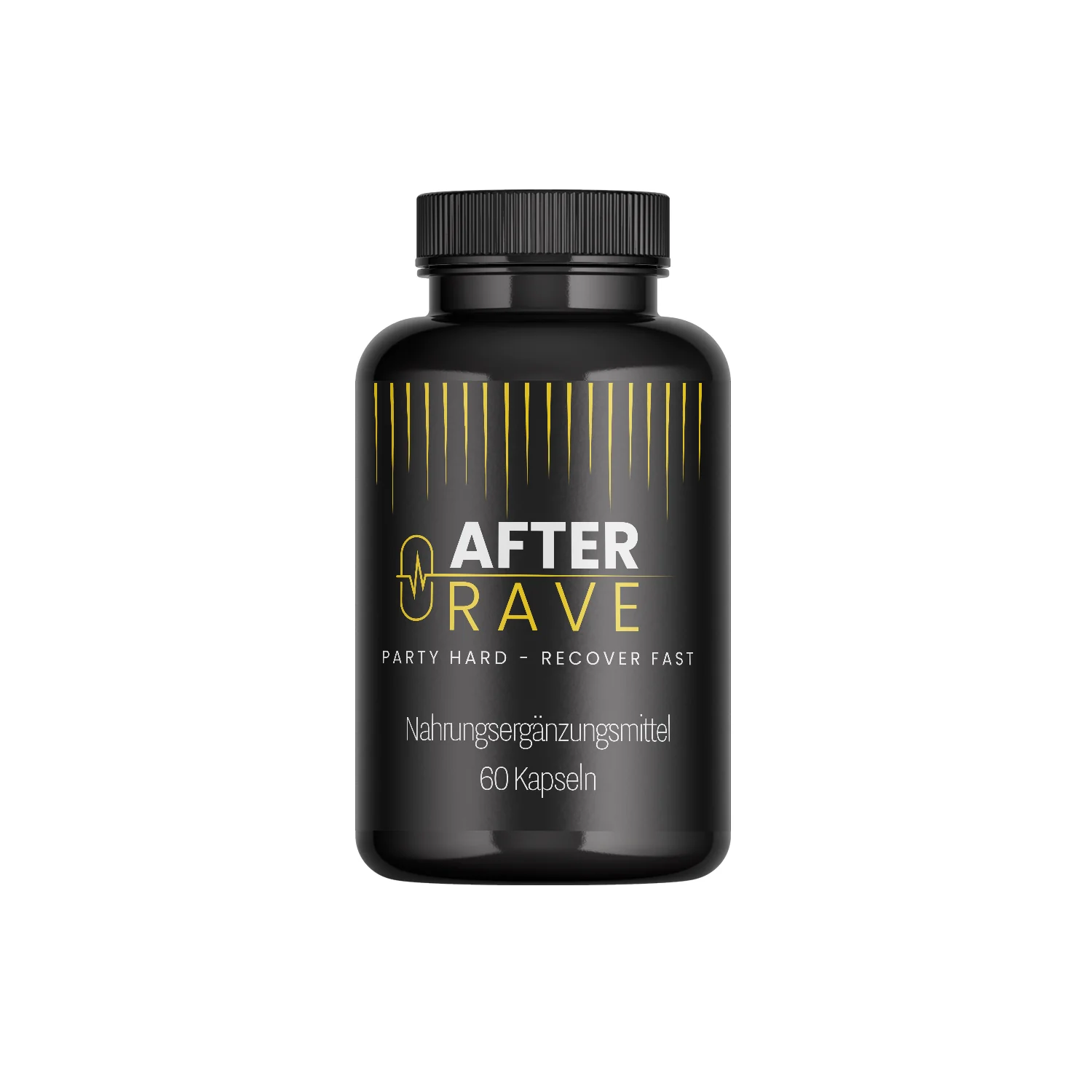






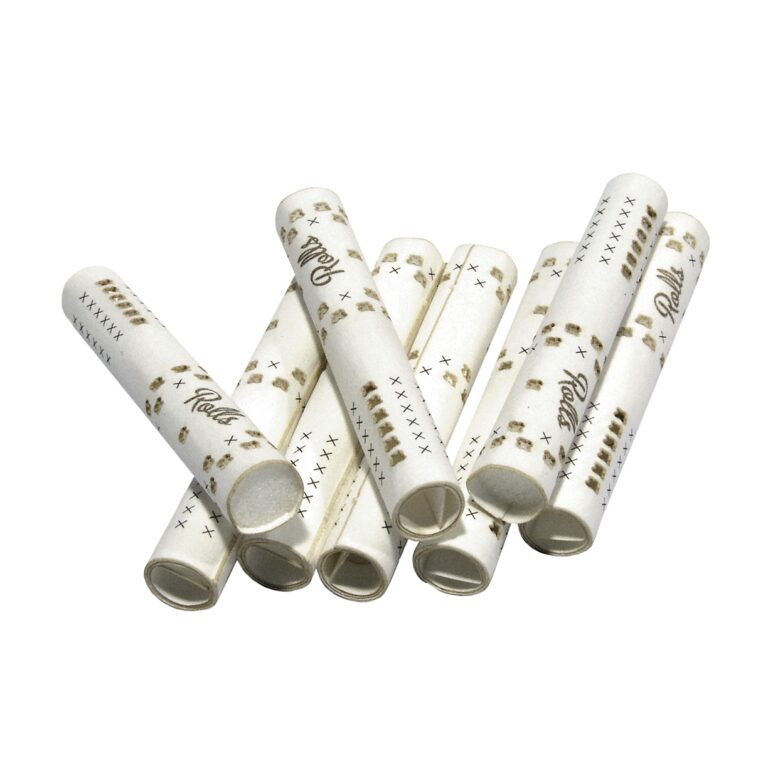
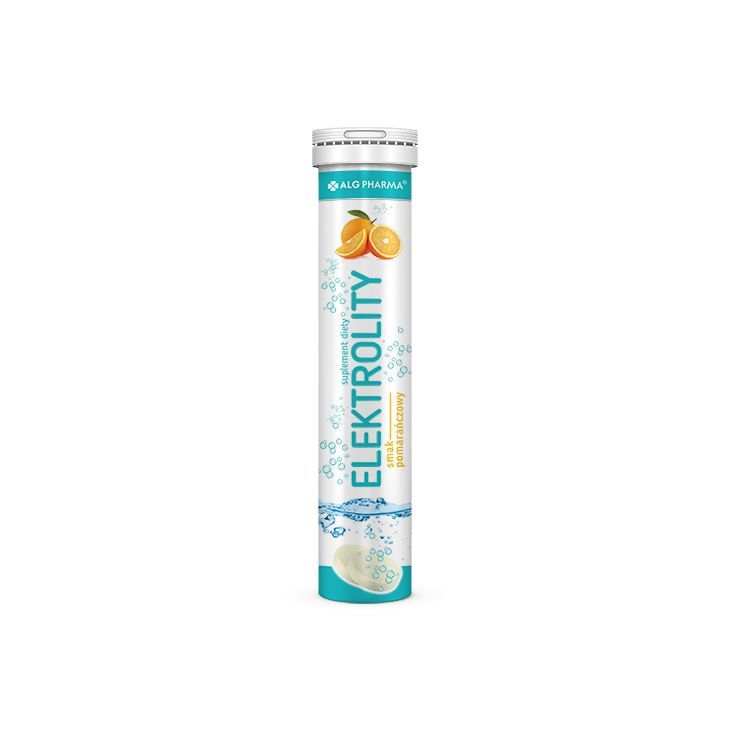
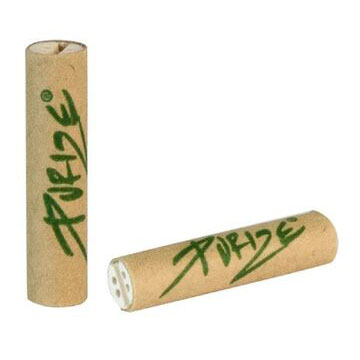
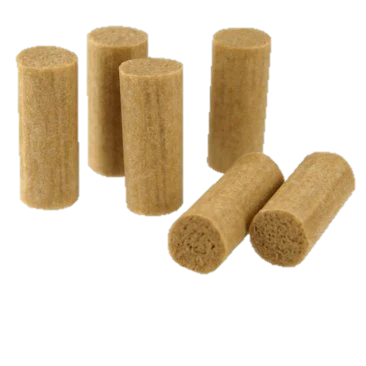
Tom –
Ku mojemu zaskoczeniu robi różnicę, zdecydowanie lepiej się czuje dzień po emie